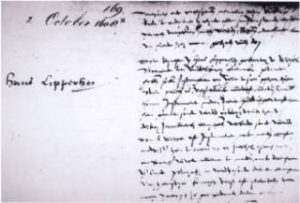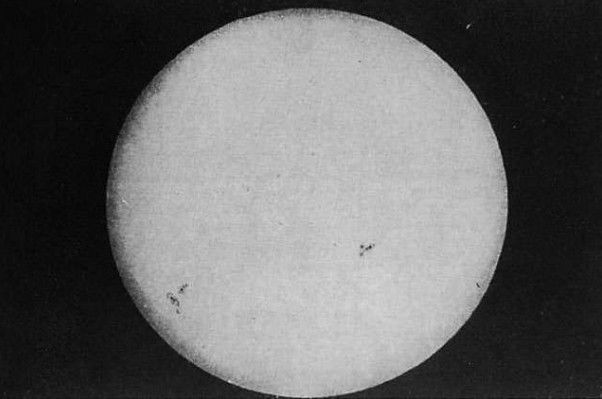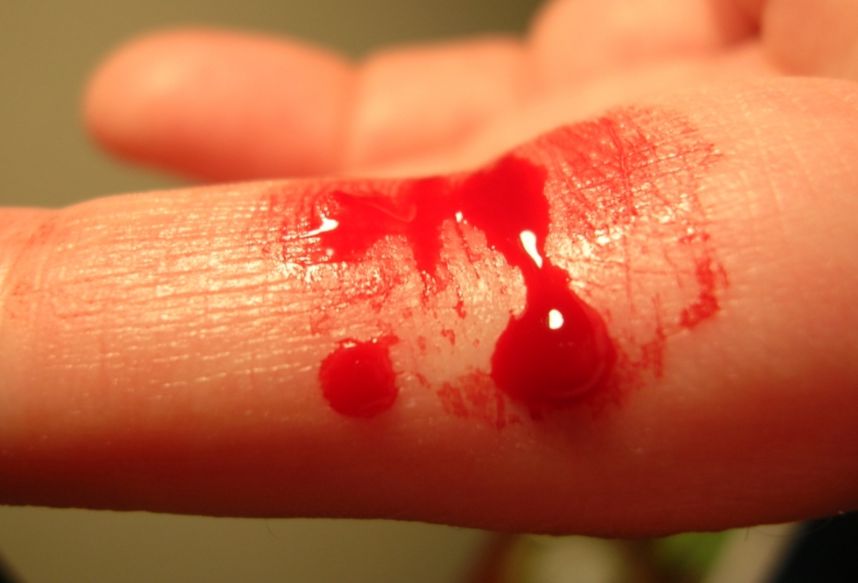The invention of the telescope is often attributed to the Dutch lens sharpener Hans Lippershey. In 1608, he applied patent for an instrument ‘to see afar off’.

It is doubtful whether Lippershey was actually the first to make a telescope. The name of Lippershey’s neighbor is often also mentioned: Zacharias Jansen. He also developed a viewer around the same time. And Jacob Metius is also sometimes mentioned as the inventor of the telescope. The fact is that this Alkmaar optician also developed binoculars, but a few weeks after Lippershey he asked the States Generalpatented his invention, which resulted in his application being rejected. It is also sometimes claimed that the English astronomer Thomas Digges developed a telescope before. Around 1570, he wrote that things at great distances could be seen magnified when “proportional glasses” were placed at certain angles from each other. Finally, the name of the Italian architect Giambattista della Porta, who died in 1615, is sometimes mentioned when it comes to the invention of the telescope.
Spread of the telescope

News of the new invention spread quickly, as did the telescope itself, which was relatively easy to replicate. In the first half of the seventeenth century , countless copies, sometimes called ‘dutch trunks’ , were already circulating in Europe . Only a handful of these first telescopes have survived.
Scientific observations

The Dutchman Christiaan Huygens continued the scientific tradition. With his first telescope he discovered Titan, a moon near Saturn, in 1655.






